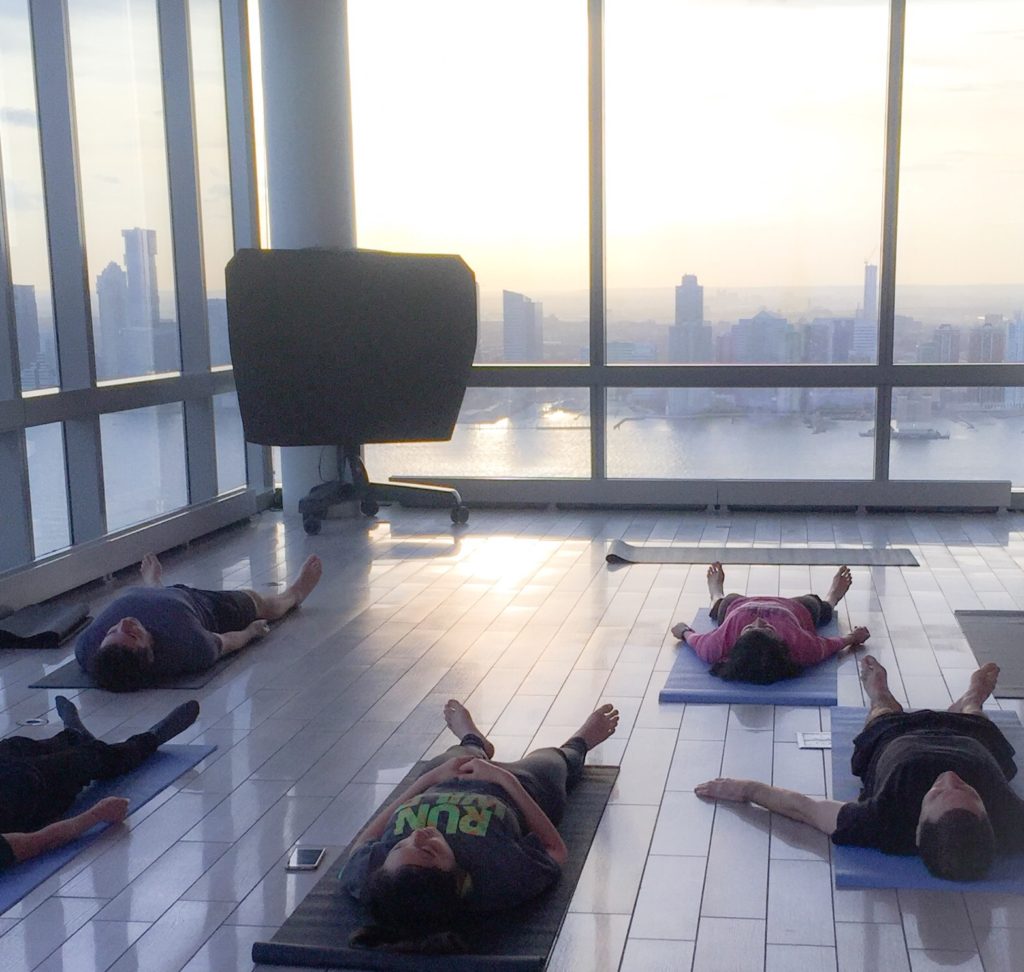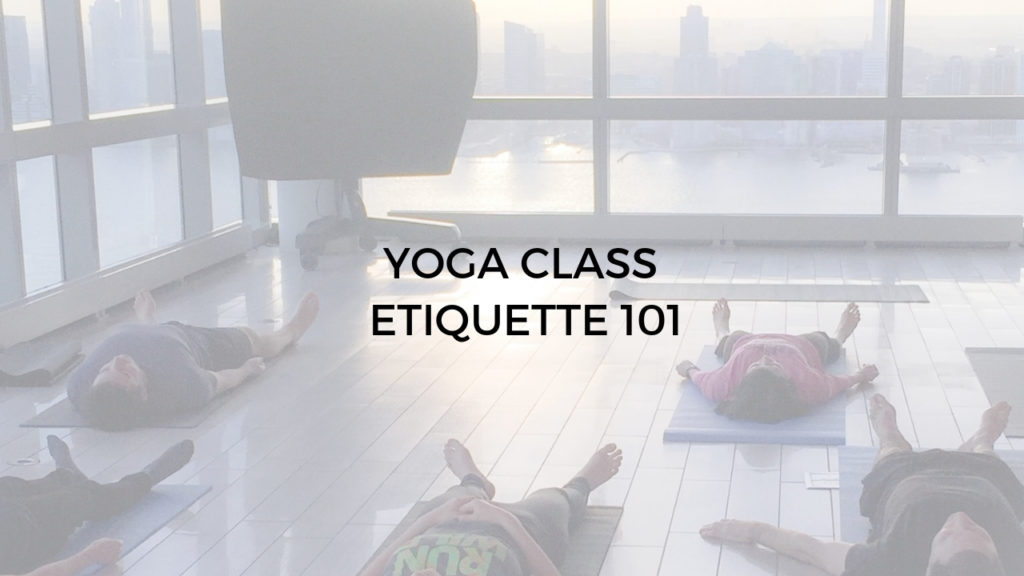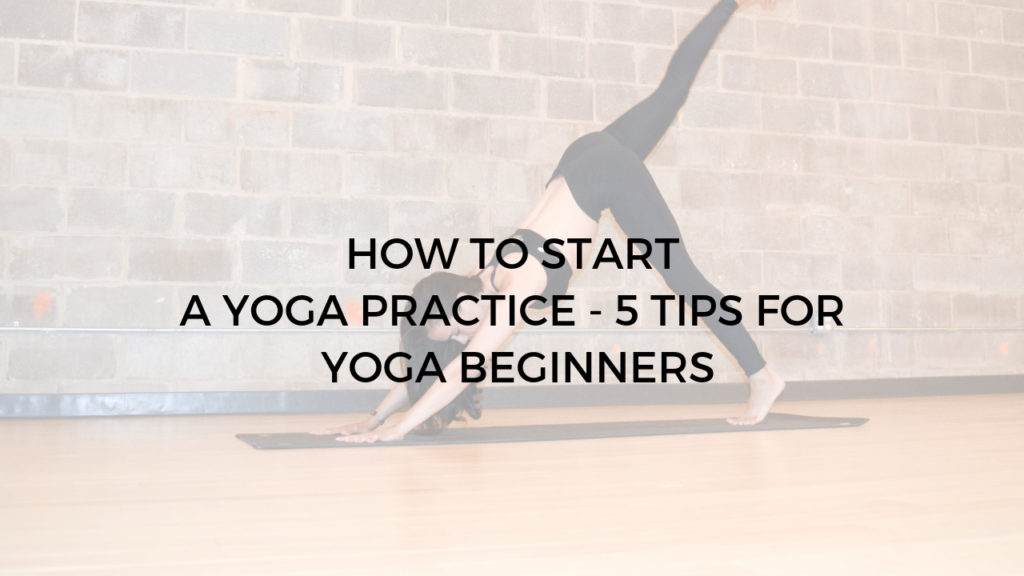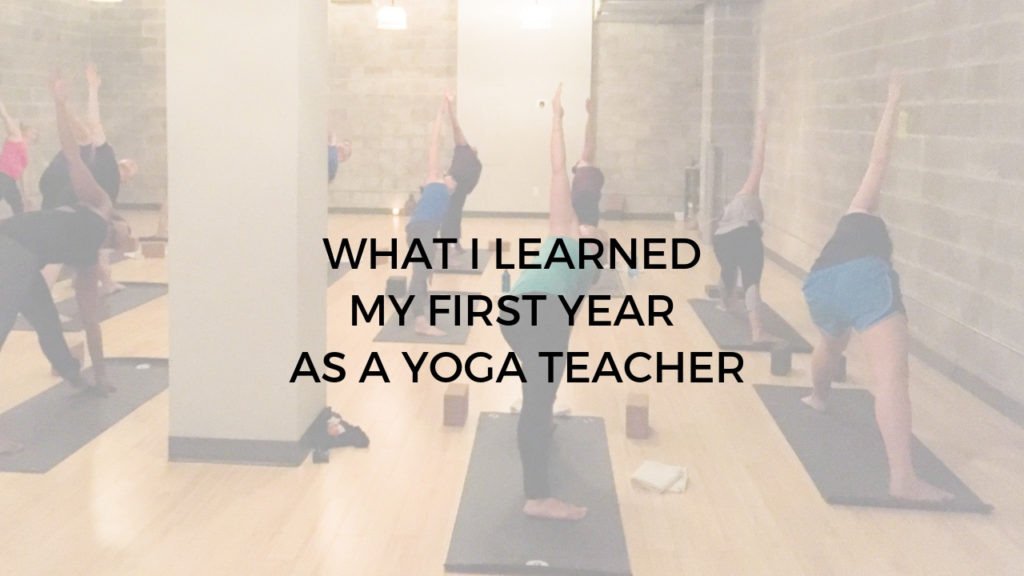
Our time on the mat is personal and sacred. It is that space where we come to be ourselves, unwind, and honor our bodies. But just like in any other public setting, there are certain things that we do, or don’t do, that are inappropriate, or impolite.
Etiquette isn’t mandatory of course, but it is always good to know and follow. The suggestions below are for everyone, including beginners and yoga teachers.
To be clear, this post isn’t about shaming anyone about what they do or don’t do in a yoga class. There are things that we do unconsciously or unintentionally. The purpose of this post is to bring awareness about these things so that we can create a space that’s friendly and safe for all to practice in.
Phones/tablets in the room
The yoga studio is a sacred space where people come to unwind and disconnect. Very often I see students engaged with their mobile devices or tables before class, and yes, even during class. I mean literally stopping practice to be on their phones. I actually remember a student scrolling through photos on her tablet during class once. Totally inappropriate. And yes, I understand that there are situations that require us to be on call sometimes (children, appointments, patients, clients, etc.). If you have to be on call, my advice would be to step quietly out of the practice room to attend your matter.
Constantly looking at your watch
Nothing much to write here expect that looking at your watch during class (any class, not just yoga), a meeting, or presentation is simply not a polite thing to do. It is distracting to the teacher and sends the message that perhaps you aren’t interested in the class or you’re anxious to be somewhere else.
Rolling out your mat
Have you ever been lying on your yoga mat before class only to have someone slam their mat loudly right next to you? For some reason, this is something that people tend to do without knowing. In fact, I’ve done it a few times myself. This usually happens when you unroll the mat while holding it high up and away from the floor (i.e. how you lay out a towel on the beach). To avoid making so much noise when rolling out your mat, place the rolled-up mat on the floor, then slowly roll it out.
Doing your own thing
It’s one thing to rest in Child’s pose because you need a break, or to modify certain poses because you’re a beginner or dealing with injuries, and a totally different thing to be doing a handstand when everyone else is doing Warrior 2. This is often done by established practitioners looking to add a little bit of challenge to their practice. But the fact is that doing your own poses during a group class can be quite distracting for the teacher and fellow students.
There are ways to challenge yourself without deviating from the flow. For example, if the class is doing half moon pose, you can challenge yourself by bringing both hands to heart center, or doing Chapasana or a bound half moon. This way, you are challenging yourself without causing distractions. If you need to skip or replace poses because you’re dealing with injuries or other limitations, then it’s a good idea to let the teacher know before class. More on this below.
Leaving class early
There are certain situations where you might need to leave a yoga class unexpectedly. For example, the room is too hot that you feel like fainting, you feel sick all of a sudden, or perhaps the teacher is being disrespectful. In this cases, I’d say by all means leave the class. But if you know that you need to leave early beforehand, then out of courtesy, let the teacher know and find a spot near the back of the room. This way, the class isn’t disturbed.
If you’re skipping Shavasana (the final resting pose), try to leave the room before everyone else settles into the pose. This way, you don’t disturb when gathering your things and walking around the room.
Stepping on other people’s mats
I see yoga teachers do this all the time when walking around the room. I don’t know about you, but I don’t find it appropriate to be placing your bare feet on a place where people lay their bodies on (face, hands, etc.). So to make this short, try not to step on someone else’s mat. It’s just not sanitary to do so.
Shoes in the room
You may think that this is an obvious one because who doesn’t know that yoga is practiced barefoot? Well there are people who don’t know. I often meet with clients with no prior yoga experience and most often than not, I have to tell them to remove their shoes. I also see people coming into the room with their shoes on in gym studio settings. These are places where people practice with sneakers on (weight training, fitness classes) and so it is usually assumed that it is okay to enter a yoga room with your shoes on. As a rule of thumb, if you are entering a yoga practice room, shoes are never allowed.
Injuries/adjustments/first yoga class
It’s always a good idea to let your teacher know about your individual practice. If you are dealing with certain injuries and/or limitations, then let the instructor know ahead of time. He or she can give you ways to modify your practice to avoid further injuries and to make the practice work for you. This is also helpful so that the teacher doesn’t adjust you around those injured areas. Speaking of adjustments, if you are not comfortable being adjusted or assisted during class, then let your teacher know ahead of time. Also let your teacher know if it’s your first yoga class. Teachers don’t demonstrate poses all the time, but if there is a brand new student in class, he or she may offer more demonstrations as appropriate.
Enjoy your practice, respect others, and be safe!
Namaste


